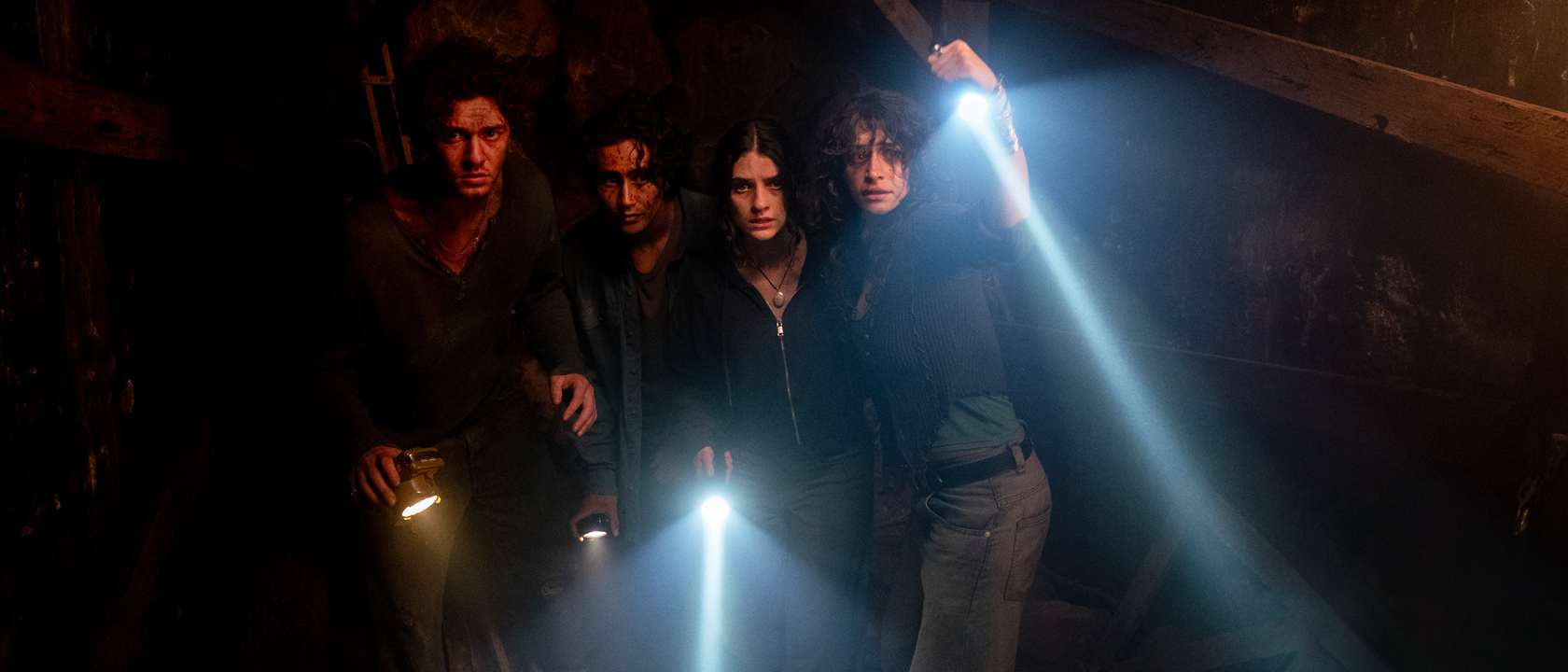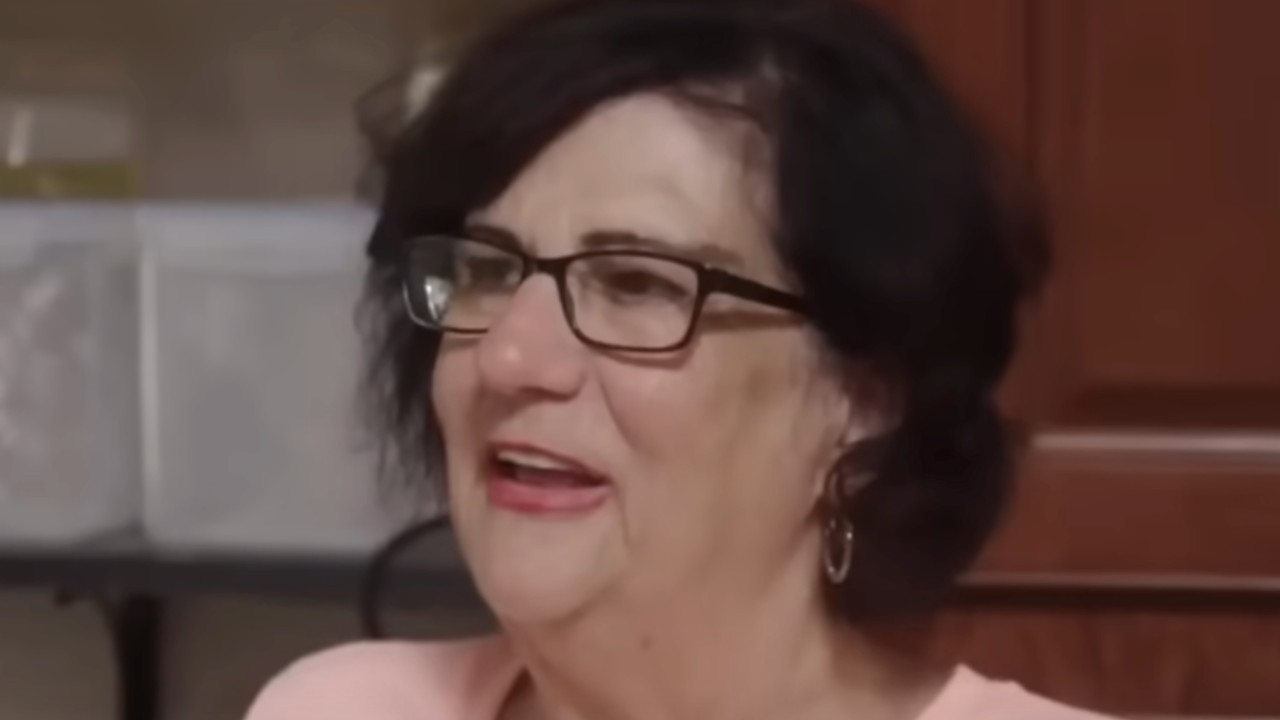When “Howl” was published in 1956, the poem was critiqued for being obscene and crude. Allen Ginsberg’s publisher, Lawrence Ferlinghetti, who had released the poem in a collection called Howl and other Poems, was taken to court to be scrutinized under the law. This is where the film Howl is set, at the beginning of a court case concerning Ginsberg but not involving Ginsberg. A preface pops up onscreen before any dialogue is spoken, stating that every moment of the film is historically accurate, and every word was reproduced faithfully. This is where Howl is to be admired but also criticized. Why pursue a movie about a court case involving a poem and turn it into a story of a poet and then a story of that poet’s generation and then toss in a story of love to mix it up? It will become too confusing, too schizophrenic, too involved in its own madness. The goal of Howl seems to be to throw its audience into an historical moment and hobble as many images together as possible to keep that audience invested. Unfortunately, this doesn’t work. Like its poetic counterpart, Howl is completely schizophrenic. That is to say, every moment some new idea juts out like the metal skeleton of an unfinished skyscraper. If anyone was concerned about ideas missing the mark in Scott Pilgrim, there’s really no comparison with the many ideas in Howl that just don’t pan out. Howl transports audiences into a pseudo-documentary, one that can’t decide whether it wants to play stark in black-and-white shots or rail at audiences in full color. Law and order seems to be the main topic until the life and feelings of Ginsberg and his cronies take over. Strung throughout this indecisive narrative there are animated segments where people take drugs and women give birth and jazz music never stops playing, as splices of Ginsberg’s famous poem play out on screen. At the center of all this mess and macabre and beauty, there is James Franco playing Allen Ginsberg, a character who finds as much meaning in staring at an abstract painting in an art museum as he finds in smoking cigarettes.
James Franco is too attractive to be Allen Ginsberg, but he works it, nonetheless. Physical differences aside, Franco articulates Ginsberg’s gestures and poetic cadences flawlessly. Franco has always taken himself pretty seriously, and with 2010 bringing interesting leads for him in 127 Hours and Howl, this year may be the year that audiences follow suit. If there is any hope that history will remember this film at all, it will be because of James Franco. But perhaps the correct direction would be to remember Judge Clayton Horn, played by Bob Balaban, and defense attorney Jake Ehrlich, played by John Hamm.
The central thesis behind the film Howl, when it chooses to follow it, is a brilliant idea for a film to explore. What were the battles that decided whether it was legal to publish artistic works that incorporated life in all of its obscenity and crudeness, and why were those battles important? This idea has a direct effect on every piece of art we’ve ever interacted with, and it is part of the reason Ginsberg’s “Howl” is so important to art in America, and elsewhere. Every plot element incorporating legality and the case is far more insightful than the often weird-for-the-sake-of-being-weird musings of Ginsberg, and while Ginsberg should be remembered for the person he was, a larger focus on the trial might have made for a more interesting film.
Instead, filmmakers Rob Epstein and Jeffrey Friedman chose to make their film a story that is only part trial, that focuses for a while on Ginsberg, and then jumps into renditions of “Howl,” creating a vision that stalwarts the beatniks, pulls in a discussion of homosexuality, and somehow still finds time to bring up historical facts, not to mention dropping Mary Louise Parker and Jeff Daniels in our laps in thankless roles. Late in the film, “Howl” defender Erlich asks the court what is prurient, and we find freedom of the arts to be the upheld answer. With Howl, Epstein and Friedman did not need to answer a question of prurience, only prudence, and what they failed to find was a story which would have been more effective had it been simplified, had it been solely a biopic on Ginsberg, or a love story between Ginsberg and Peter Orlovsky, or a story of the trial or the Beat movement as its own concept. As it stands, haphazard is where this film chose to go, and as such, Howl never quite manages to take its audiences with it. If anything, it only serves to renew an interest in the poem that is its namesake. What do I like about the DVD packaging? To begin, everything. The packaging is crisp and unique and looks like a Norman Rockwell painting printed on homemade paper. The special features on the disc are set-up in an easy-to-access format and are agreeable to get through, as well as looking nice on the screen.
“Holy! Holy! Holy! The Making of Howl” is a featurette on the making of the film, which sheds a little light on why the poem “Howl’s” story was such a difficult one to tell. Filmmakers Epstein and Friedman were given the assignment of creating a movie for “Howl’s” 50th anniversary. The documentary begins with a short introduction to Ginsberg. The second section discusses how the directors worked with the financiers of the film to construct its vision. Afterward, sets are discussed, hair and make-up are highlighted, and the implementation of costumes are explained. Actors and all of the folk involved in the film’s creation get to have their say, and this is interesting.
Another section features interviews with several of the people involved in Allen’s life, including Peter Orlovsky, Lawrence Ferlinghetti, and Tuli Kupferberg -- the man mentioned in “Howl” who jumped off the Brooklyn Bridge. Two more sections highlight poetry readings. The first is Ginsberg in 1995, reading a few of his works at The Knitting Factory. The second is Franco’s rendition of Ginsberg’s “Howl” in audio only, which is a nice addition, only because Franco’s reading is chopped up into segments when they are implemented in the film.
The final feature is a Q&A segment that is exclusive to the Blu-Ray release. This Q&A is with Epstein and Friedman and is moderated by John Cameron Mitchell, the director of Rabbit Hole. The features included on the disc are meant for an audience interested in the film and its historical accuracy. Otherwise, they’re just the standard extras. I feel this could go without saying, however, since those interested in buying Howl should be fans of Ginsberg and the Beat Generation, or at the least, American History.
Joe Hendry Reveals How The WWE Snuck Him Into WrestleMania 41 For Randy Orton Match, And Confirms How Seriously They Take Surprise Appearances
Greg's Mom Seemed Like Another Nightmare 90 Day Fiancê Mother-In-Law, But She Changed My Mind
The Last Of Us Season 2 Episode 3 Live Blog: I'm Talking The Aftermath Of Joel's Tragedy, Ellie's Recovery And More











